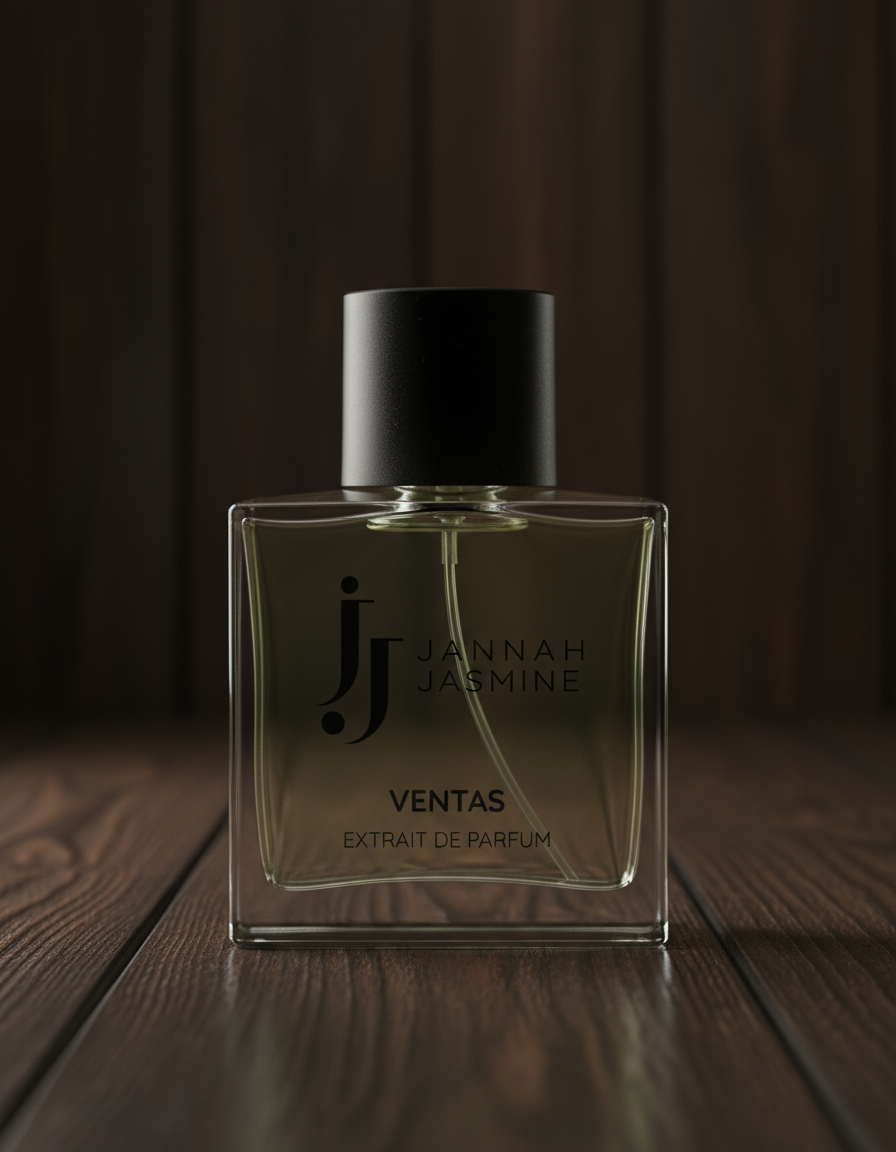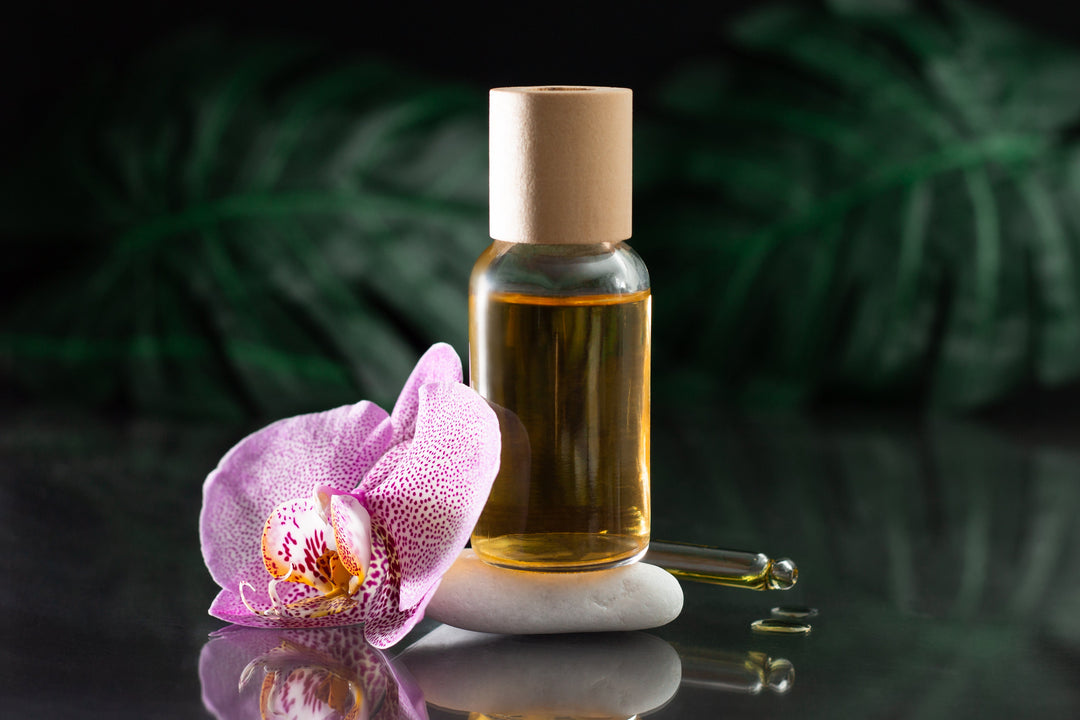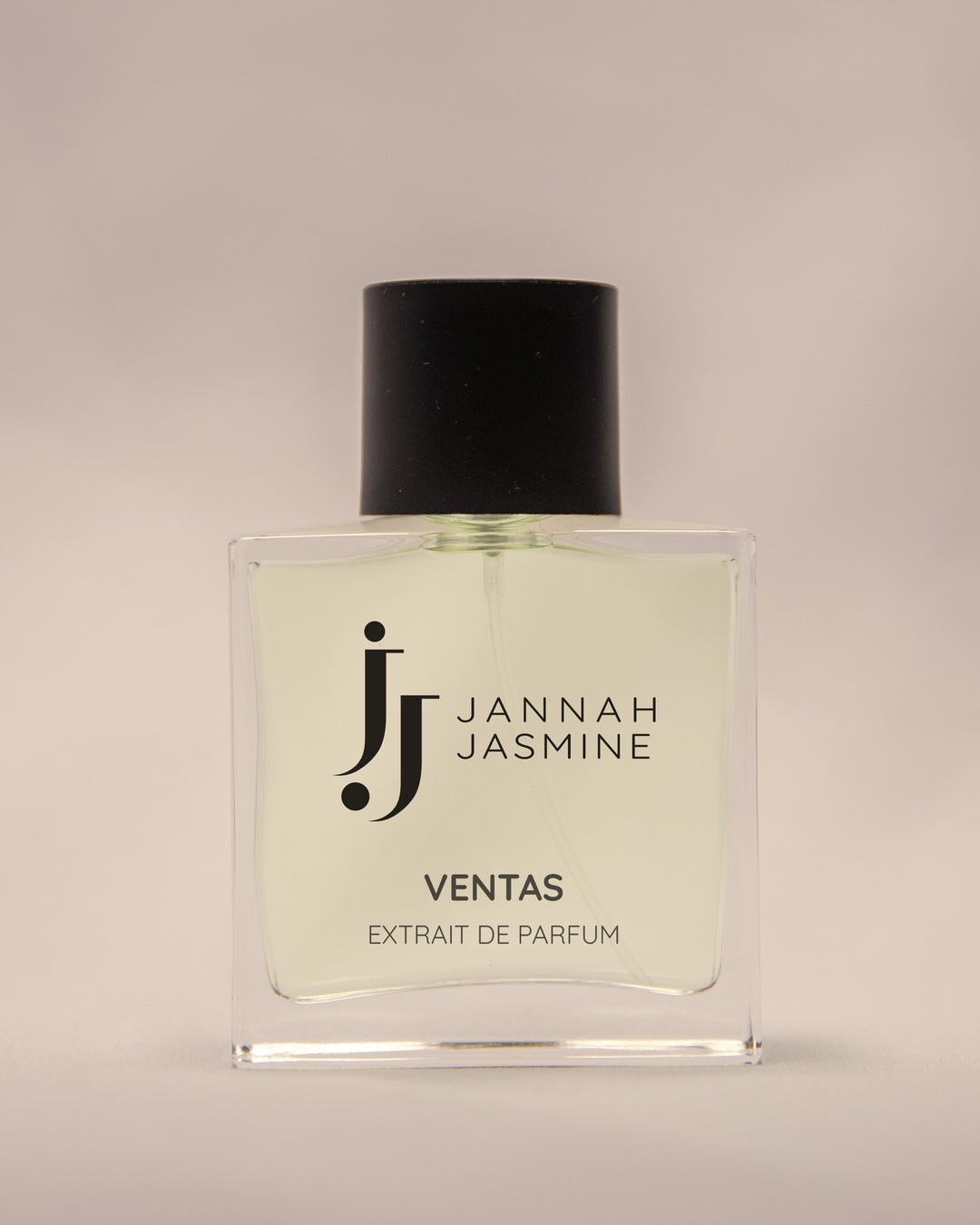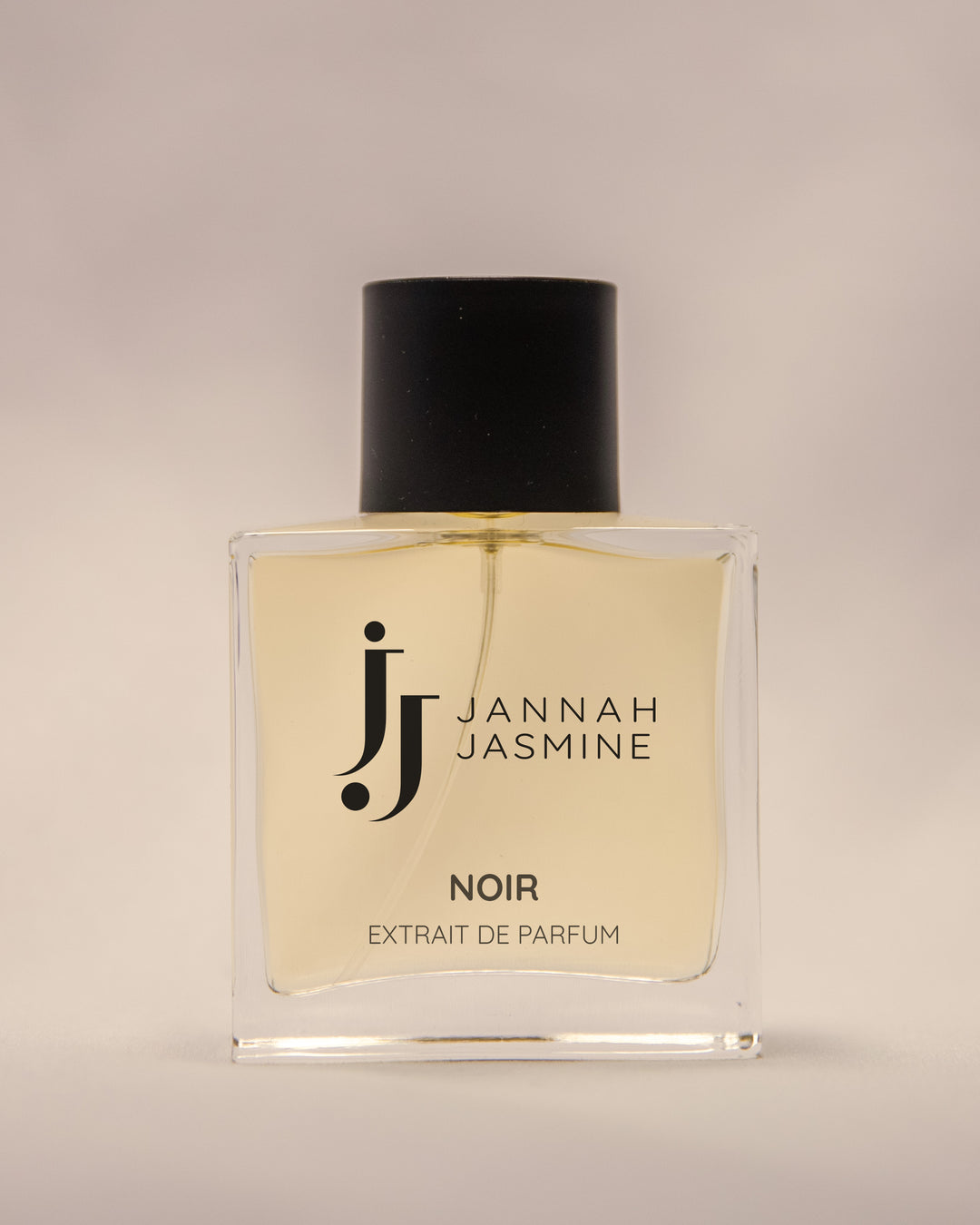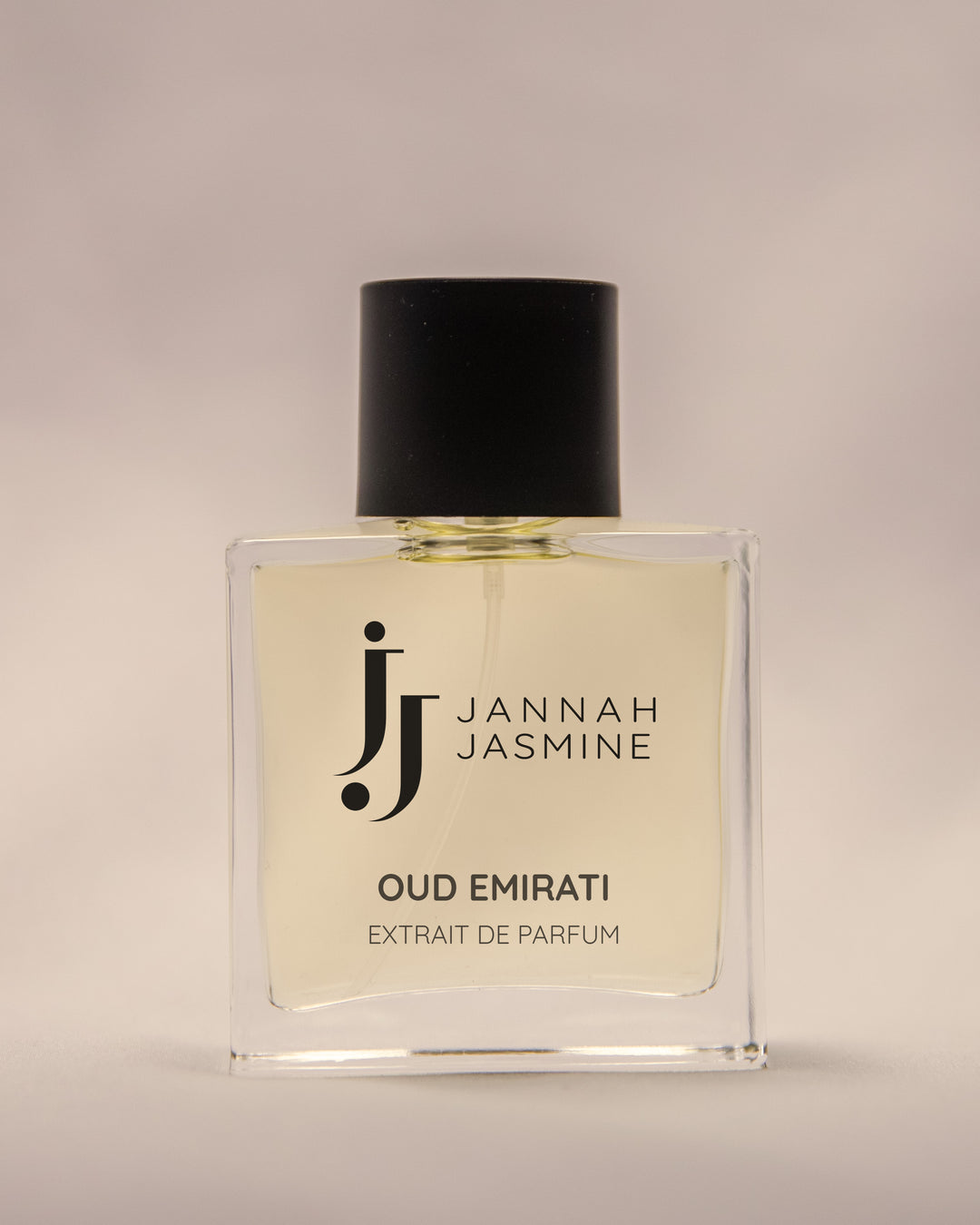Oud vs Other Woody Scents: What Makes Oud Fragrance So Unique?
Short answer: Oud (agarwood) delivers a rich, smoky, resinous oud scent with extraordinary longevity that no other woody perfume—sandalwood, cedarwood or patchouli—can match. This guide explains what oud is, how oud perfume is crafted, and why oud fragrance remains a luxury favourite in the UK.
Discover our oud fragrance collection featuring some of the most luxurious oud perfumes available in the UK.
What Is Oud? The Origins of Agarwood
Oud, also known as agarwood, forms when the Aquilaria tree produces a dark, aromatic resin. This precious material is distilled into oud oil (often called oud wood oil), prized for its intensity and spiritual significance across the Middle East and Asia.
Historically used as oud incense in ceremonies and palaces, agarwood has evolved into a cornerstone of modern perfumery. Today, it anchors many luxury unisex oud perfumes, bridging heritage with contemporary fragrance craft.
The Oud Scent Profile vs Other Woody Notes
What does oud smell like? Expect a multidimensional composition that can be smoky, leathery, balsamic and slightly sweet—often evolving for hours. This complexity gives oud fragrance a depth and projection that most other woody perfumes cannot match.
Oud vs Sandalwood
Sandalwood is creamy, soft and milky-woody. It adds comfort and smoothness, but lacks the resinous, dark drama of oud.
Oud vs Cedarwood
Cedarwood is dry, pencil-shaving crisp and linear. Oud is denser and more opulent, with sweet-smoky facets and far greater longevity.
Oud vs Patchouli
Patchouli is earthy-chocolate and sometimes camphoraceous. While both are rich, oud carries a deeper resin profile and a more incense-like sophistication.
Why Oud Perfume Endures (UK & Worldwide)
Oud perfume has become synonymous with luxury and individuality. In the UK, interest in oud perfume UK continues to rise as fragrance lovers seek distinctive, long-lasting signatures that perform in every season.
- Unisex versatility: Balanced with rose, amber, musk or spice, oud perfumes for men and women feel equally at home on every dresser.
- Performance: The resin’s density yields excellent projection and exceptional staying power.
- Layering: Oud pairs beautifully with amber, vanilla, leather, incense and other woody fragrances for a custom signature.
Explore our curated edit of oud perfumes designed for modern wear, from subtle daytime elegance to deep evening allure. Experience the richness of Oud Emirati, a captivating interpretation of traditional Arabian oud.
Oud Oil (Agarwood Oil): Nature’s Liquid Gold
Pure oud oil is obtained via careful distillation of resinous agarwood. A little goes a long way—one drop can radiate for hours, sometimes days. Compared with synthetic woody notes, natural agarwood oil offers unmatched richness, authenticity and a meditative, calming aura.
Prefer applying oil? Our selection includes perfume oils and attars featuring oud oil for skin-close luxury and effortless layering.
Best Arabian Oud Fragrance Traditions
In Arabian perfumery, oud is a symbol of hospitality and refinement—often called “liquid gold.” The best Arabian oud fragrance compositions weave agarwood with spice, amber and musk to create enveloping signatures that feel both timeless and modern. If you enjoy complex woody notes, explore Oud Maldivi — an exotic oud perfume inspired by island elegance.”
Discover Middle Eastern favourites in our Middle Eastern Collection, and experience why oud fragrance remains the heartbeat of luxury perfumery.
Explore Oud at Jannah Jasmine
Ready to experience the depth of oud wood? Browse our full range of oud perfumes, perfume oils and Arabian-inspired blends—crafted for enduring elegance and unmistakable character.
Complete your scent wardrobe with Electric Ember, a unisex oud scent that redefines modern luxury.
FAQs: Oud vs Sandalwood, Cedarwood & Patchouli
Is oud the same as agarwood?
Yes. “Oud” is the perfumery name for resinous agarwood and its distilled oud oil.
Why is oud more expensive than other woody ingredients?
It forms rarely in nature, requires careful harvesting/distillation, and delivers exceptional scent complexity and longevity.
What does oud smell like compared to sandalwood?
Oud is darker, smokier and more resinous; sandalwood is creamy, smooth and subtly sweet.
Is oud perfume unisex?
Absolutely. Many unisex oud compositions balance woods, florals and amber for universal appeal.



